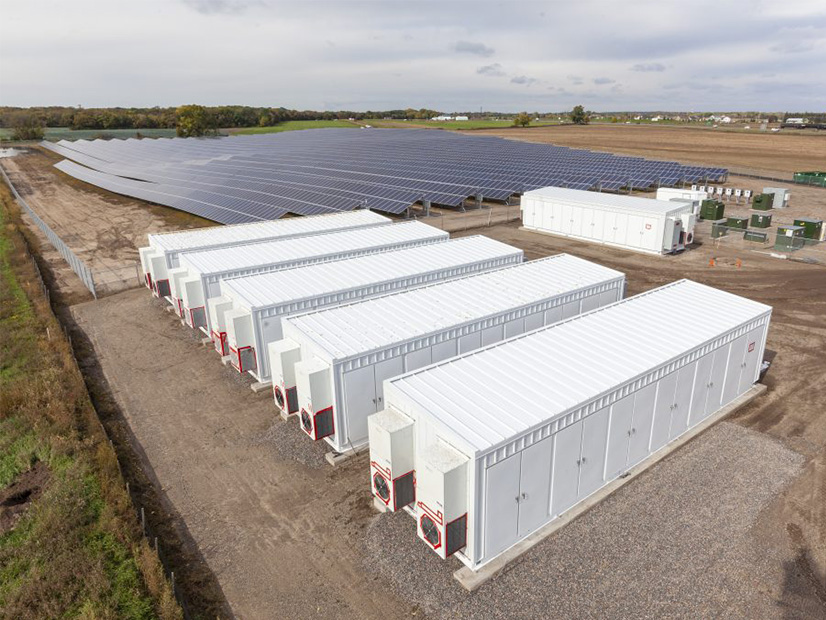LANSING, Mich. — The state is behind many others in developing electric storage systems and should start taking steps to develop 4 GW by 2040 to both “ensure grid reliability and avoid curtailment of renewable energy generation,” a report released this week said.
The report, prepared for the state’s Department of Energy, Great Lakes and Environment (EGLE), also called for Michigan to reach both a short-term goal of 1 GW of storage by 2025 and a midterm goal of 2.5 GW by 2030. Storage is needed both behind the meter, in home and commercial building renewable energy setups, as well as in front, it said.
To meet the goals, the report outlines a series of 56 different policy actions that should be taken by state officials between now and 2040.
The report was developed by a project team including EGLE, the Institute for Energy Innovation, the Michigan Energy Innovation Business Council and 5 Lakes Energy, and overseen by Michigan State University professor of civil and environmental engineering professor Annick Anctil. It said that the state is taking major steps to decarbonize, with a goal of carbon neutrality by 2050, but it is not keeping pace with other states in developing new storage.
Storage will also help Michigan’s economy, the report said. “As the increasingly electrified automotive manufacturing capital of the country, Michigan’s economy stands to benefit from increased demand for energy storage technologies, including for those energy storage technologies that can be used for both mobile and stationary applications,” the report said. “There are currently 11,400 jobs in Michigan in transportation electrification, representing the largest transportation electrification workforce outside of California. Putting policies in place to support energy storage deployment will serve to grow Michigan’s supply chains in energy storage and transportation electrification — both of which promise to be large global markets.”
The state was one of the first to develop a major storage center in the Ludington Pumped Power Storage Plant along the shores of Lake Michigan in 1973.
Public Service Commissioner Katherine Peretick, whose professional background is in the storage industry, agreed that the state began ahead of others in terms of overall storage efforts, “but in terms of newer technologies, we are lagging behind other” locations.
The PSC, helped by the U.S. Department of Energy, has begun a study to evaluate where and how large-scale energy storage systems should be developed across the state, Peretick said. The researchers conducting the study will look at how the facilities “fit with our grid, with our load profile, with our generation mix [and] our utilities,” as well as give guidance on where such facilities should be built.
Despite its critical need as energy generation moves more toward renewable sources, Peretick said there hasn’t been much discussion overall on storage issues, but that is now changing. Last month, Peretick testified to the Michigan House Energy Committee on storage issues, and she said legislators asked a series of “excellent” questions on a wide array of topics, including safety.
Along with technical issues, the report goes into issues such as monetizing storage at both the wholesale and retail levels; changing legal and regulatory policies that currently focus on fossil fuel-based generation; how to properly value storage; how it fits into the state’s renewable energy standards; and incentives to develop storage systems. In each of these areas, the report looks into how other states are acting on them.
“In some cases, energy storage is simply not contemplated in Michigan policy and regulatory frameworks, while in other cases, regulations and policies place actual limitations on how energy storage can best participate in the market for electricity,” the report said.
“Michigan needs to prepare for and support the deployment and use of energy storage at the level that will be necessary to support and balance our state’s future electricity grid. This will require leadership, business innovation, appropriate incentive programs, regulatory changes and new state laws.”


